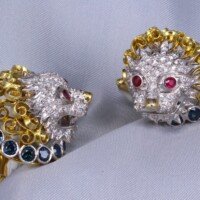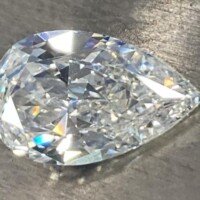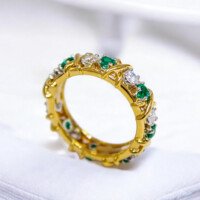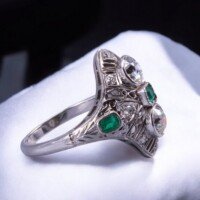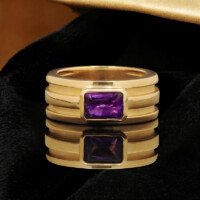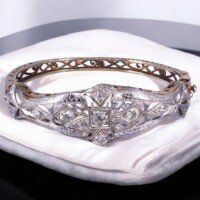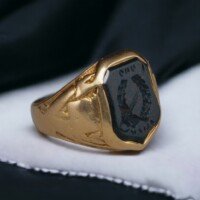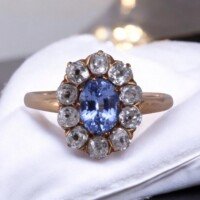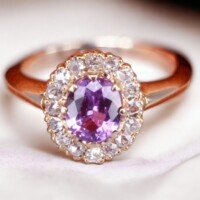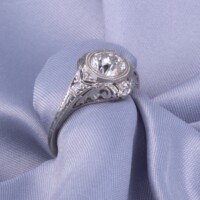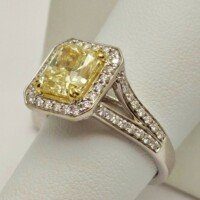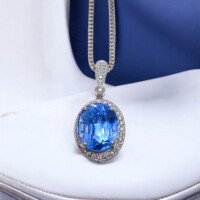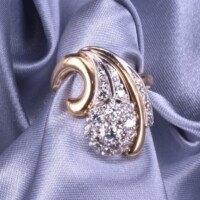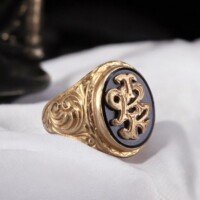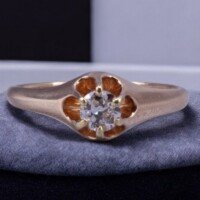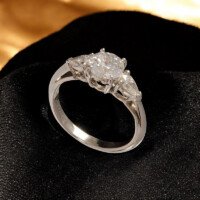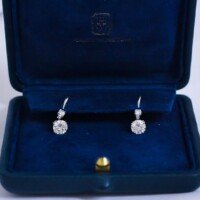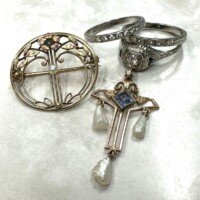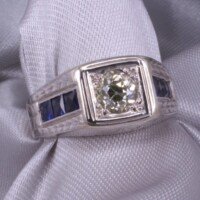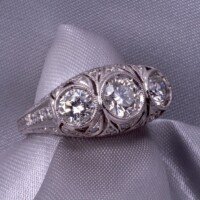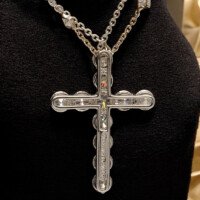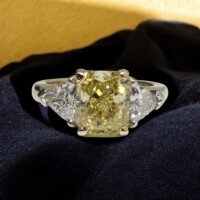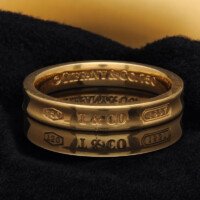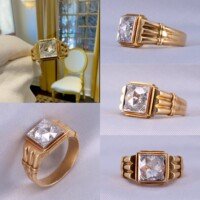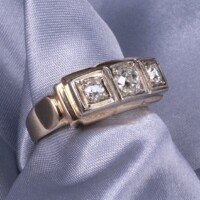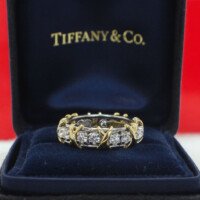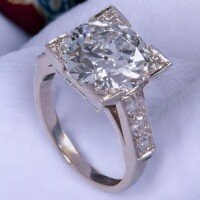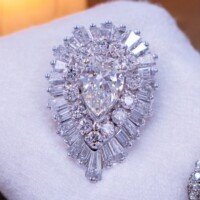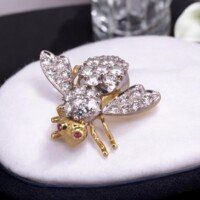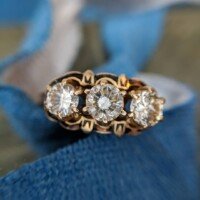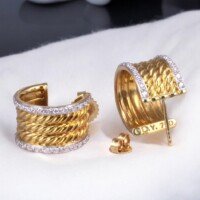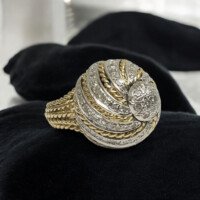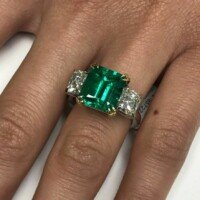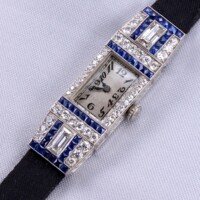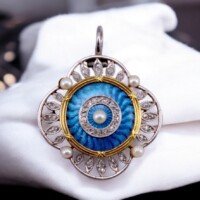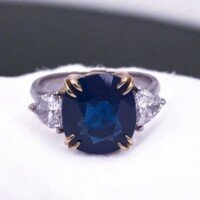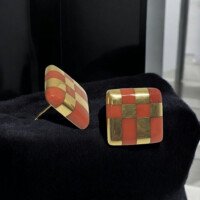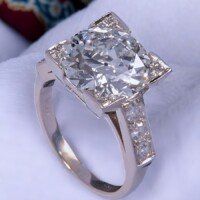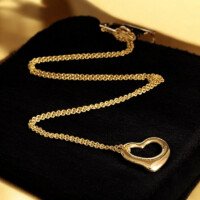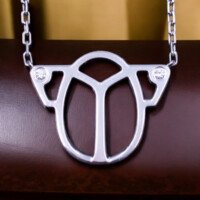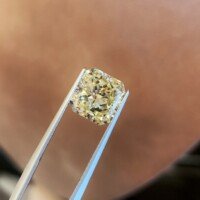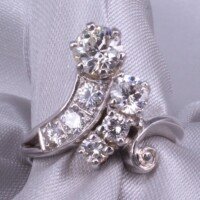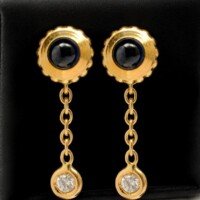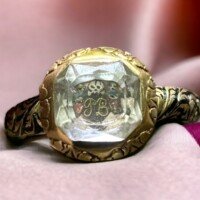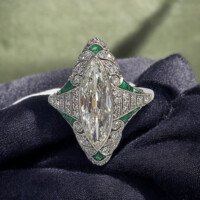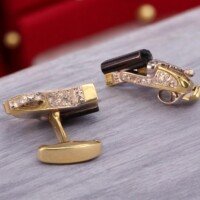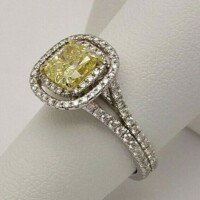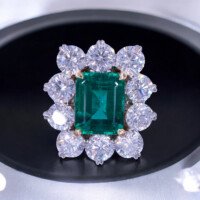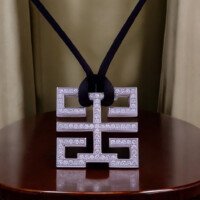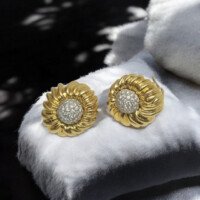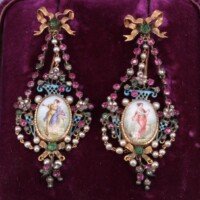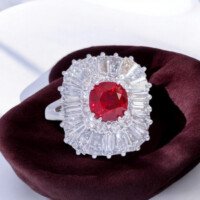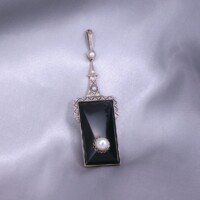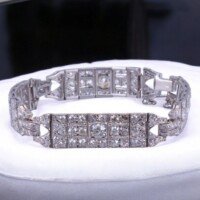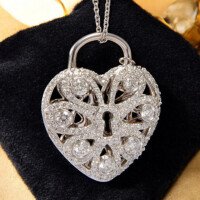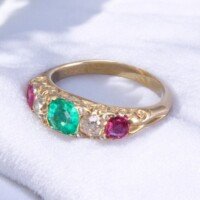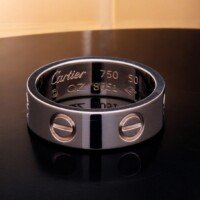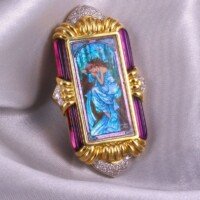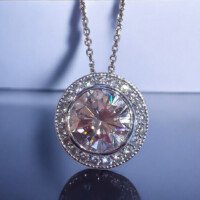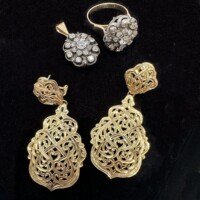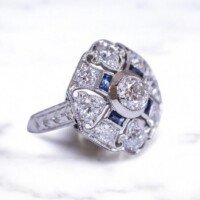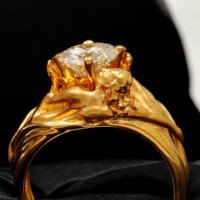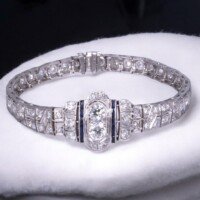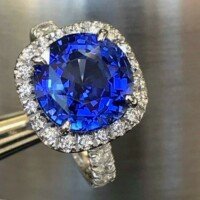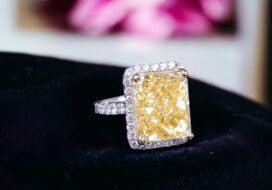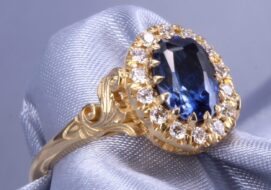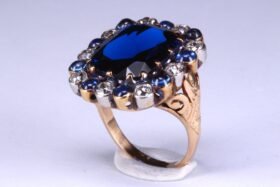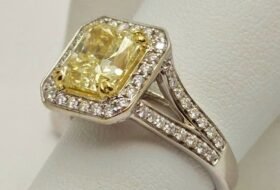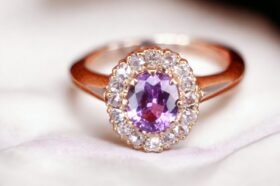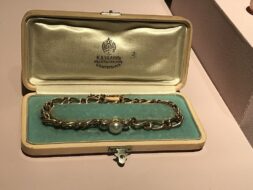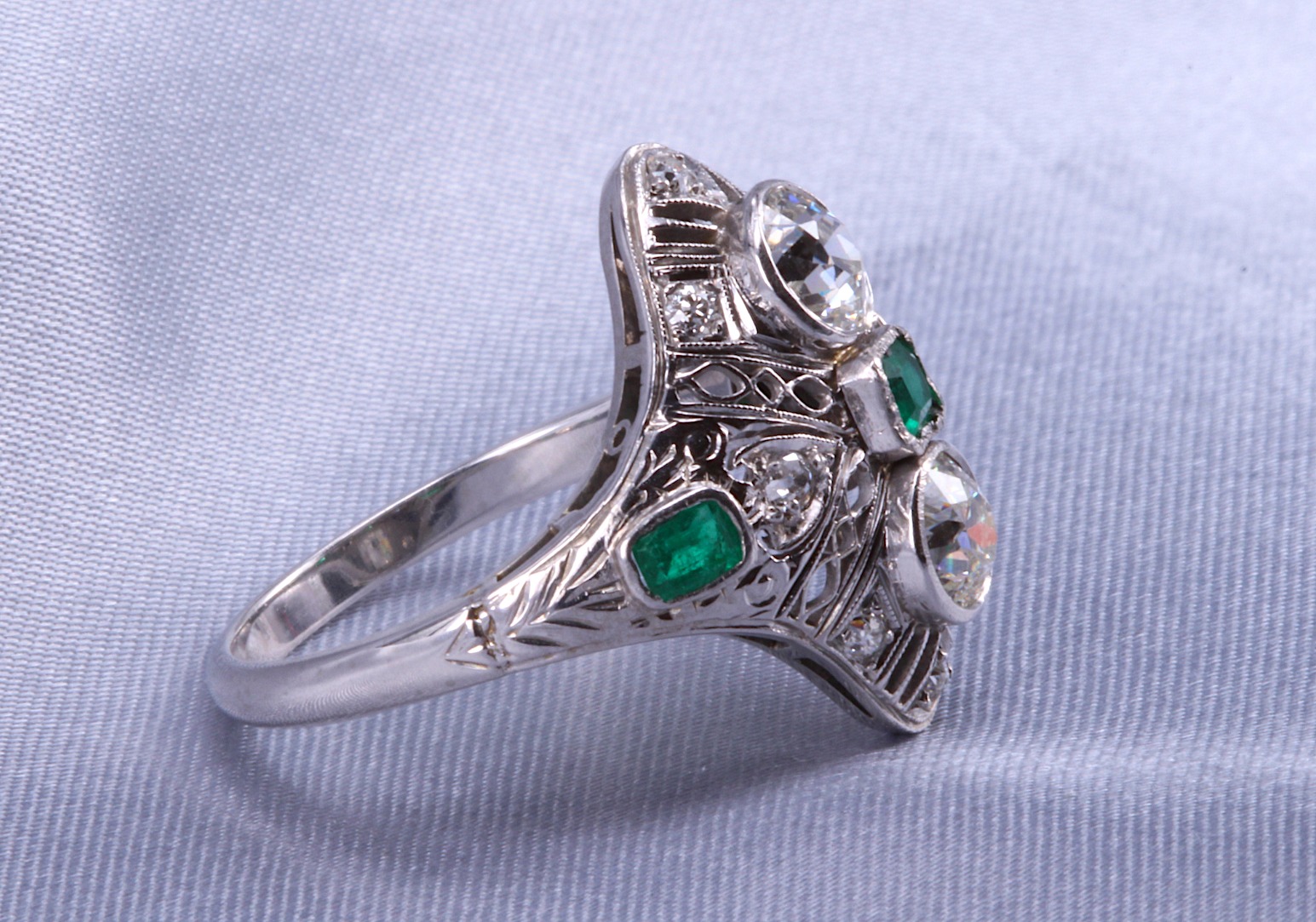
03 Feb Sell Antique Edwardian Jewelry in San Diego
When it comes to antique jewelry, C. Blackburn Jewelers does more than buy and sell Victorian jewelry (the subject of our last blog post). We also have a keen interest in Edwardian jewelry. In fact, rarely a week goes by that we don’t buy a gorgeous piece of Edwardian jewelry. And, if we don’t resell the item right away, you can see it on display at our La Jolla jewelry store.
Edwardian jewelry is a type of jewelry that was popular during the reign of King Edward VII of England, which lasted from 1901 to 1910. This period was characterized by elegance, luxury, and opulence, and the jewelry of the time reflected these values.
During the Edwardian era, advances in technology allowed for greater precision in jewelry-making. Diamonds were particularly popular, as the discovery of diamond mines in South Africa made them more widely available. Jewelers used platinum, a newly discovered metal, to create delicate settings that showcased diamonds and other gemstones. This resulted in a distinct style that was characterized by lightness, grace, and intricacy.
Edwardian jewelry was often made using platinum and diamonds, but other gemstones such as pearls, sapphires, and emeralds were also used. Jewelry designs often incorporated motifs such as bows, ribbons, garlands, and swags, and were often embellished with delicate filigree work, milgrain, and openwork. The delicate and intricate designs of Edwardian jewelry were also influenced by the Art Nouveau movement, which emphasized organic and flowing forms.
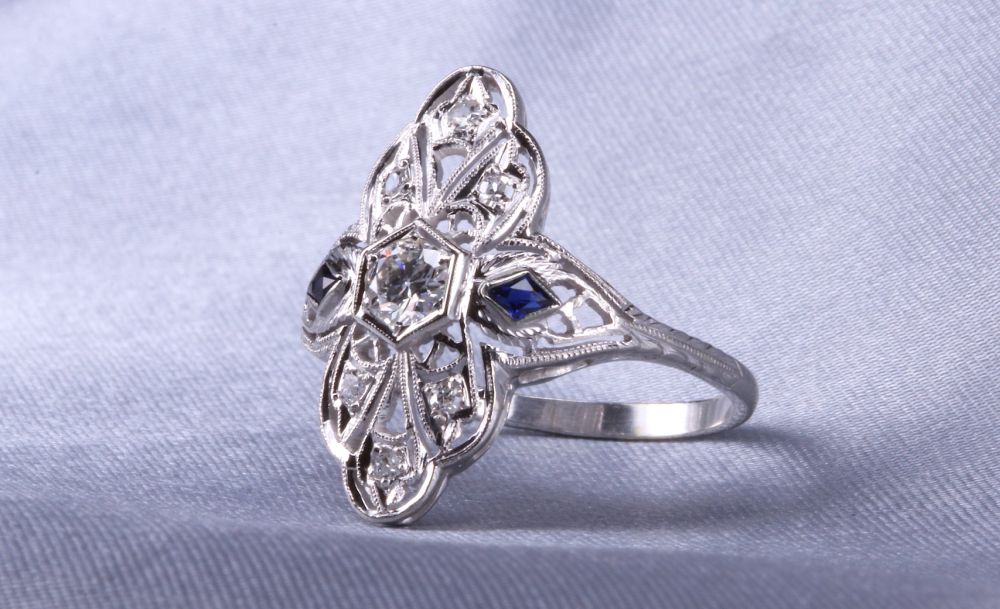
Easy to Work With
Carl is a great jeweler and easy to work with. He handles a wide variety of services from buying jewelry to designing custom pieces for you. I sold some old jewelry to him, he had very fair prices transactions were handled in a timely manner
Careful Inspection
I recently sold a lot of fine jewelry that I had inherited from my mother. I chose Carl Blackburn because I wanted the pieces to find new homes, rather than be melted down or taken apart. Carl careful inspected and considered each piece before pricing it. He explained the quality of the gold in each piece, the techniques used to craft the pieces, and what went into his pricing. He appreciated the sentimental value of the items and actually had buyers in mind for several of them. I felt that he gave me a fair price the first time I came in, so I returned with additional items to sell a few weeks later. I’d highly recommend Carl Blackburn for selling and buying estate jewelry.
A Straight Shooter
I met with most of the Jewelers around La Jolla and no one was as knowledgeable or as helpful as Carl was to me. Carl Blackburn is a straight shooter and someone you can trust. C. Blackburn Jewelers will forever have my business and recommendation to all of my network for any future jewelry business.
Genuine & Friendly
Being at a downsizing stage of life, I decided to sell as much of my jewelry as possible, and luckily, I came across C. Blackburn Jewelers. I was scared of getting scammed and cheated. Carl had me sitting with him while he examined and evaluated my jewelry. He did not take it into a back room and tell me to return on another day.
He worked methodically and very professionally, answered all my questions, kept my expectations realistic, explained what he was doing as he worked. We also had a very pleasant conversation – he is down-to-earth, genuine, and friendly. I trusted him without hesitation. I was very pleasantly surprised by the outcome and felt I was very fairly treated. I was relieved that the process was stress-free, thanks to Carl’s very professional manner and his genuine friendliness. I recommend him highly, without reservation.
Edwardian jewelry was often worn as part of formal attire, particularly during evening events. The jewelry was designed to complement the fashions of the time, which were characterized by high necklines and flowing, airy fabrics. Women often wore tiaras, necklaces, brooches, and earrings, while men wore cufflinks and tie pins.
After the death of King Edward VII in 1910, the popularity of Edwardian jewelry began to wane. The outbreak of World War I in 1914 also led to a decline in the production of luxury goods, including jewelry. However, the style of Edwardian jewelry continues to be admired and emulated today.
Famous Edwardian Jewelry
The Cullinan Diamond: This diamond, which weighed 3,106 carats in its rough form, was discovered in South Africa in 1905. It was cut into nine major gems, the largest of which is known as the Great Star of Africa, and was set into the British Crown Jewels.
The La Peregrina Pearl: This pearl, which is believed to be one of the largest and finest pearls ever found, was discovered off the coast of Panama in the mid-16th century. It was owned by a number of notable figures throughout history, including Spanish kings and the actress Elizabeth Taylor, who received it as a gift from Richard Burton.
The Fabergé Eggs: These elaborate eggs were created by the Russian jeweler Peter Carl Fabergé for the Russian Imperial family between 1885 and 1917. They were made of precious metals and gems, and many featured intricate designs and mechanisms.
The Cartier Tiara: This tiara, which was made by the French jeweler Cartier in 1904, was worn by Queen Elizabeth II on her wedding day in 1947. It features over 1,000 diamonds, including a rare 34-carat emerald-cut diamond at its center.
The Tiffany Yellow Diamond: This diamond, which weighs 128.54 carats, was discovered in South Africa in the late 19th century. It was purchased by the American jeweler Charles Tiffany in 1878 and was later worn by Audrey Hepburn in publicity photos for the film “Breakfast at Tiffany’s.”
San Diego jewelry buyers like C. Blackburn Jewelers are able to pay premium prices for high quality Edwardian jewelry. Our owner Carl Blackburn has bought and sold hundreds of pieces of Edwardian jewelry over the last three decades. If you have Edwardian jewelry to sell, contact him now to get a free cash quote. Call 858-251-3006 to arrange a visit to our La Jolla estate jewelry store. Or send a message below.
Text Message & Photos:
619-723-8589
Recent Estate Jewelry Buys
Browse a collection of C. Blackburn Jewelers’ recent purchases of vintage, antique, and estate jewelry.

